Jeonju Hoegwan (전주회관)
2.7Km 2019-08-31
32-1, Sejong-daero 14-gil, Jung-gu, Seoul
82-2-778-6689
Well-known among both Koreans and foreigners, this restaurant has been specializing in traditional Korean dishes for more than 50 years. Its gopdol bibimbap is patented and also the most popular dish in the restaurant.
L’Escape Hotel (레스케이프 호텔)
2.7Km 2022-06-08
67 , Toegye-ro, Jung-gu, Seoul
+82-2-317-4000
L’Escape Hotel has multiple branches in Seoul and is a boutique hotel by Josun Hotel and Resort. It was listed on Forbes Travel Guide recommended hotels for three years in a row since 2020. The guest rooms were designed by world famous interior designer Jacques Garcia. Facilties include a fitness center, spa, and small banquet hall. The hotel is located a quick two minute walk from Shinsegae Mall.
Kyobo Book Centre Gwanghwamun (교보문고)
2.7Km 2024-12-04
1 Jong-ro, Jongno-gu, Seoul
02-3295-0312
Kyobo Book Centre is the first large-scale bookstore in Korea, and this particular store can be found next to Gwanghwamun Square. Kyobo Book Centre Gwanghwamun divides its internal area into 11 sections and organizes them in a way that allows readers to find books easily. The store also has specialized shops for stationery, digital devices, and accessories, as well as exhibition spaces and cafés.
Hottracks - Gwanghwamun Branch [Tax Refund Shop] (핫트랙스 광화문점)
2.7Km 2024-04-23
1, Jong-ro, Jongno-gu, Seoul
-
Seoul Street Art Festival (서울거리예술축제)
2.7Km 2024-07-26
Taepyeongno 1(il)-ga, Jung-gu, Seoul
+82-2-758-2036
Seoul Street Art Festival is held throughout Seoul and introduces high quality street performances.
HANILKWAN - Gwanghwamun Branch (한일관 광화문)
2.7Km 2024-03-18
50, Jong-ro 1-gil, Jongno-gu, Seoul
+82-2-722-7557
It is a store that has been operating with a long tradition since 1939. This Korean dishes restaurant is located in Jongno-gu, Seoul. The most famous menu is bulgogi.
Daraenamu Tree in Changdeokgung Palace (창덕궁 다래나무)
2.7Km 2025-01-13
99, Yulgok-ro, Jongno-gu, Seoul
+82-2-3668-2300
Daraenamu Tree in Changdeokgung Palace is estimated to be 600 years old, meaning it had likely been planted before the palace was built. The tree stands 19m in x_height, and has six separate trunks sprawling in all directions. It is the biggest and the oldest in Korea. It is designated and protected as a National Natural Monument.
Travelodge Myeongdong City Hall (트레블로지 명동 시티홀)
2.7Km 2021-06-25
22, Sejong-daero 16-gil, Jung-gu, Seoul
+82-2-6362-6000
Travelodge Myeongdong City Hall provides excellent and efficient customer services as well as convenient amenities for the comfort of all their guests. The hotel is only 3 minutes’ walk away from City Hall Station, and its location benefits both tourists and business travelers alike as it offers various transportation options with Seoul's popular tourist attractions in the vicinity, such as Deoksugung Palace and Namdaemun Market. The hotel features a sauna session and spa services to relieve stress and put one's body and mind at ease after a busy day of traveling.
Samick Fashion Town (삼익패션타운)
2.7Km 2021-06-04
7, Namdaemunsijang 8-gil, Jung-gu, Seoul
+82-2-1566-4578
Located in the heart of the Namdaemun Market, the largest wholesale market in Korea and a popular tourist attraction, Samick Fashion Town is home to over 1,500 shops, spread among 15 floors. Opened in 1985, this giant, one-stop shopping destination offers shoppers virtually everything: from clothing (women’s, men’s, and children’s) and shoes to accessories for wholesale merchants and individual shoppers. The Samick Fashion Town is particularly known for its large children's section on the first floor and its giant shoe mall on the sixth that is unlike any other shoe store in Namdaemun Market. On the ninth floor is the food court and on the first basement level at MBIC Mall, visitors can find character products related to some of their favorite Hallyu stars. Character items include cushions, notebooks, mugs, t-shirts, postcards, stickers, mobile phone screen cleaners, and mechanical pencils featuring the comedians from Muhan Dojeon (Infinity Challenge) and other popular stars.
Moggoji [Korea Quality]모꼬지[한국관광 품질인증]
2.7Km 2023-08-31
13-6, Hyehwa-ro 16-gil, Jongno-gu, Seoul
+82-10-9389-2837
Moggoji is a hanok guesthouse in Hyehwa-dong, Daehak-ro, Jongno-gu, Seoul. Located just 10-minutes' walk from Hansung University Subway Station, it’s convenient for public transportation. There are four guestrooms, all equipped with air conditioning. Nearby are many must-visit Seoul attractions, including fashionable Daehangno, Changgyeonggung Palace, and Cheonggyecheon Stream.
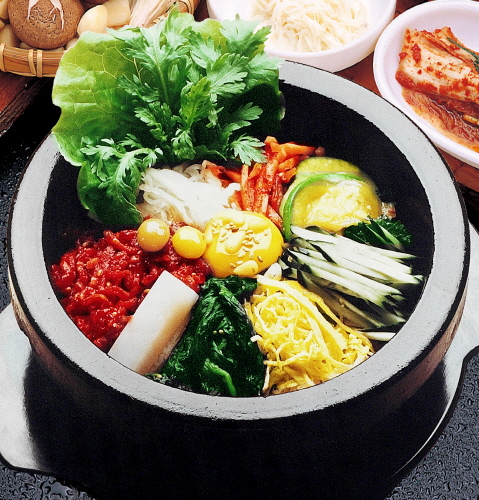
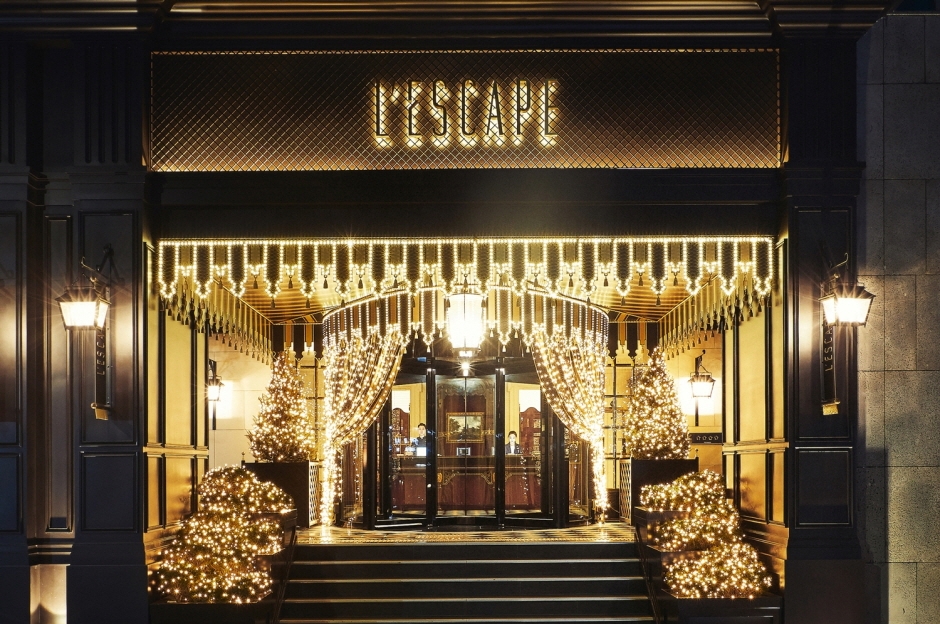
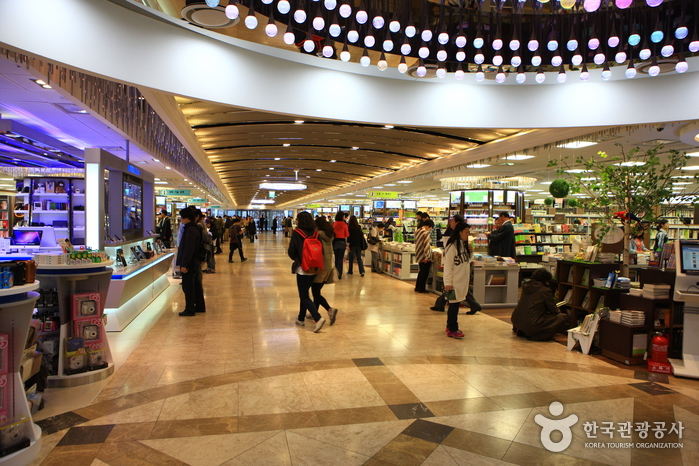

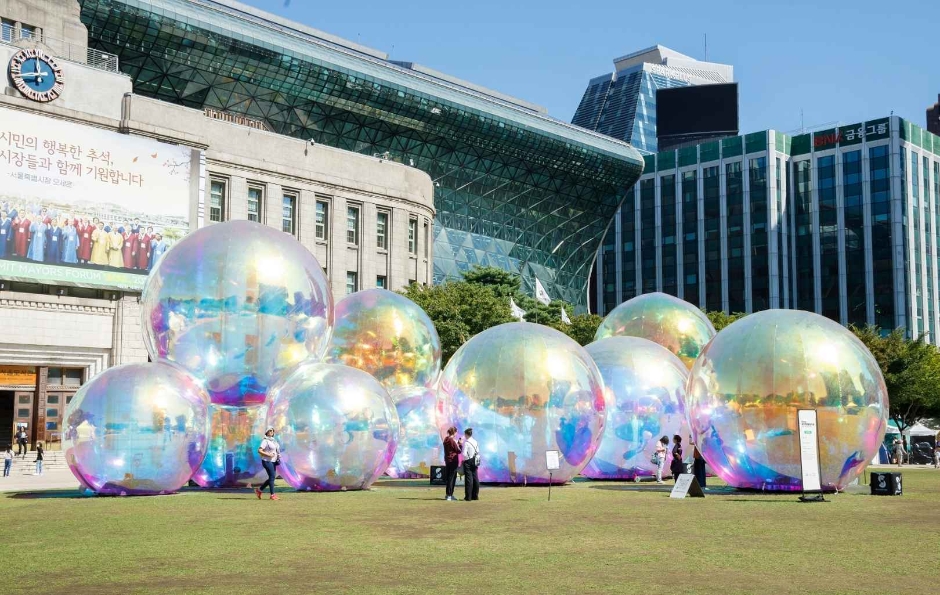
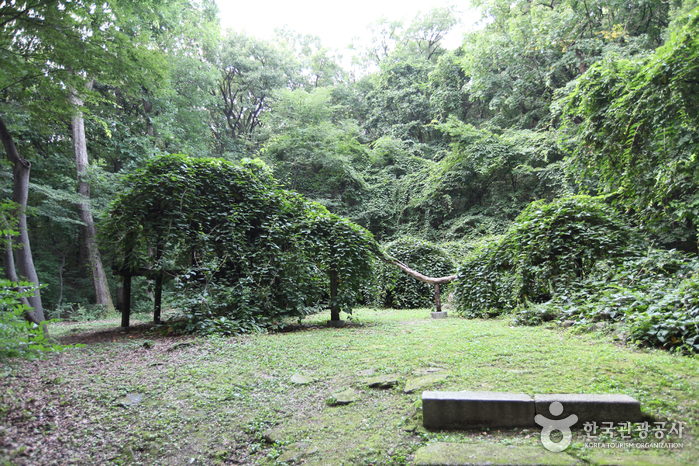
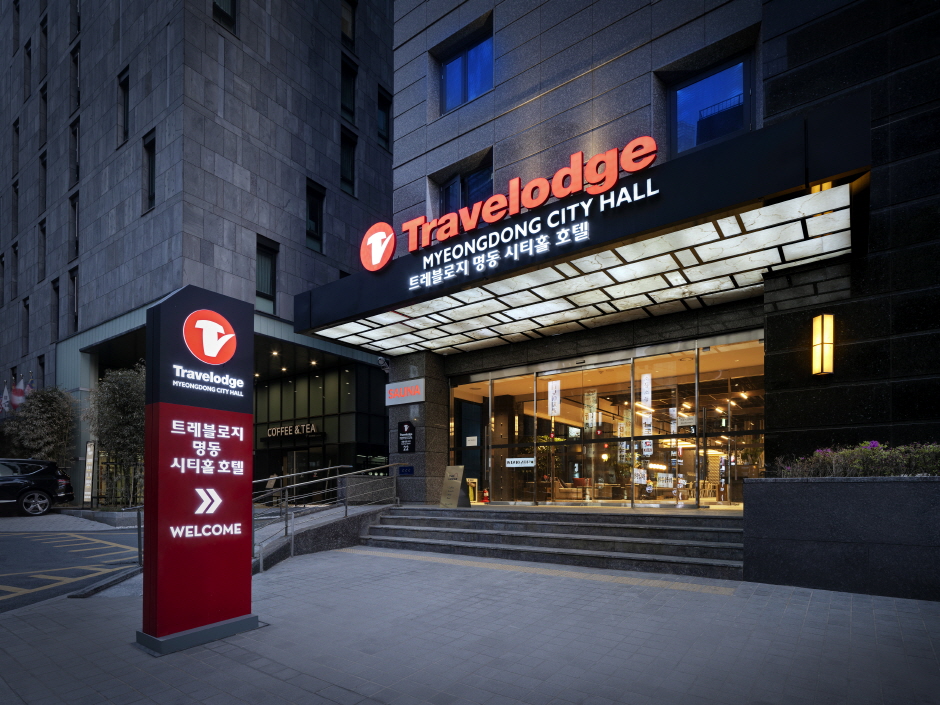
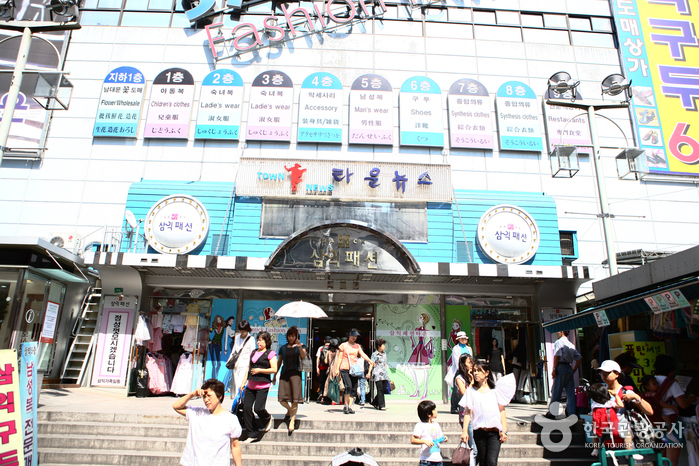
![Moggoji [Korea Quality]모꼬지[한국관광 품질인증]](http://tong.visitkorea.or.kr/cms/resource/05/2991305_image2_1.jpg)
 English
English
 한국어
한국어 日本語
日本語 中文(简体)
中文(简体) Deutsch
Deutsch Français
Français Español
Español Русский
Русский